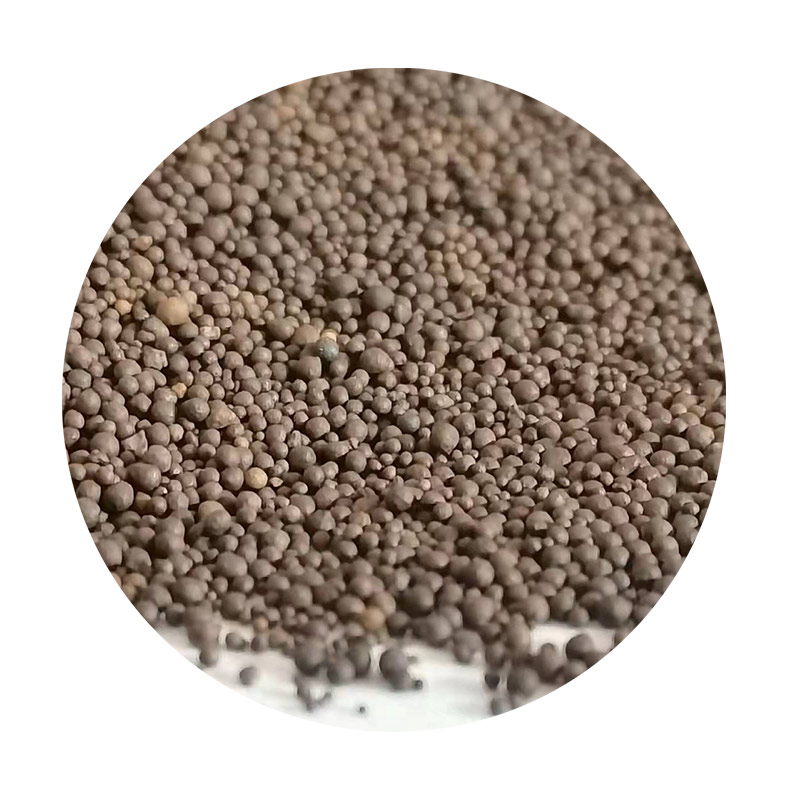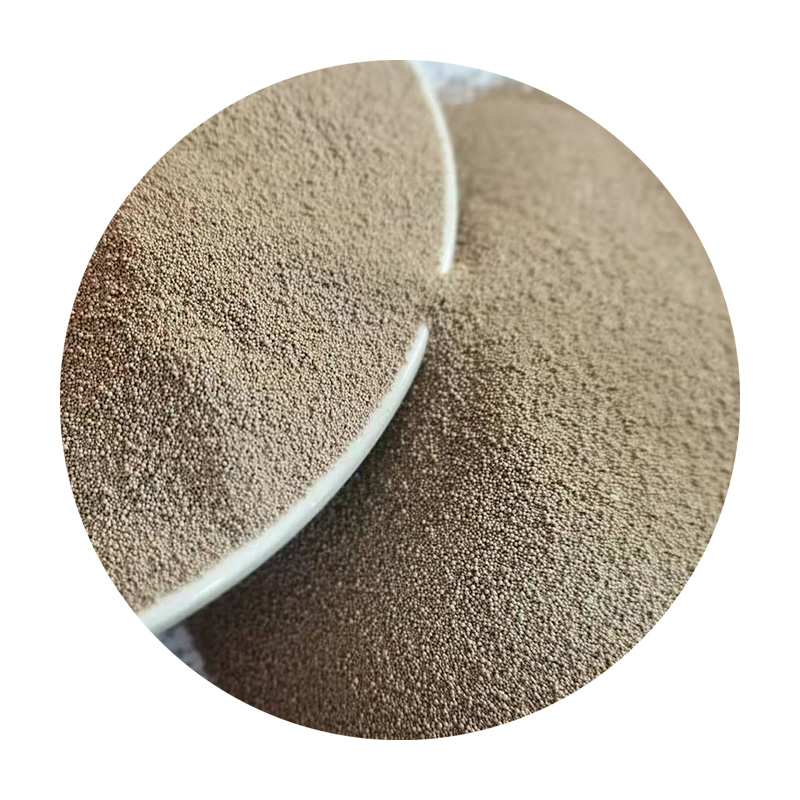

In the realm of architecture and construction, sand casting is utilized to create ornate and functional metal elements, including handrails, lighting fixtures, and decorative panels. The process enables designers to bring intricate artistic visions to life, producing aesthetically pleasing and structurally sound elements that enhance architectural spaces. The expertise involved in sand casting for architectural purposes ensures the creation of high-quality, enduring pieces that meet both design and functional specifications. Additionally, the marine industry relies on sand casting for creating robust components like propellers and hull fittings. These parts must resist corrosion and wear from saltwater environments, requiring high-quality materials and precise manufacturing methods. Sand casting provides a versatile solution, enabling manufacturers to produce components that are both reliable and durable, essential for maintaining the safety and performance of marine vessels. Finally, sand casting finds its application in the production of household and industrial cookware. Cast iron skillets and grills, valued for their heat retention and even heating properties, are often produced through this method. The trustworthiness of sand casting in creating these everyday items guarantees consumers products that offer consistent performance and longevity. In conclusion, sand casting is a time-tested manufacturing process with broad applications across multiple industries. Its ability to produce complex, high-quality, and durable components underscores its continued relevance in today's manufacturing landscape. The experience, expertise, authoritativeness, and trustworthiness inherent in sand casting make it an indispensable technique for producing a vast array of essential products. Post time:Feb . 15, 2025 02:09
Next:dry sand casting process
